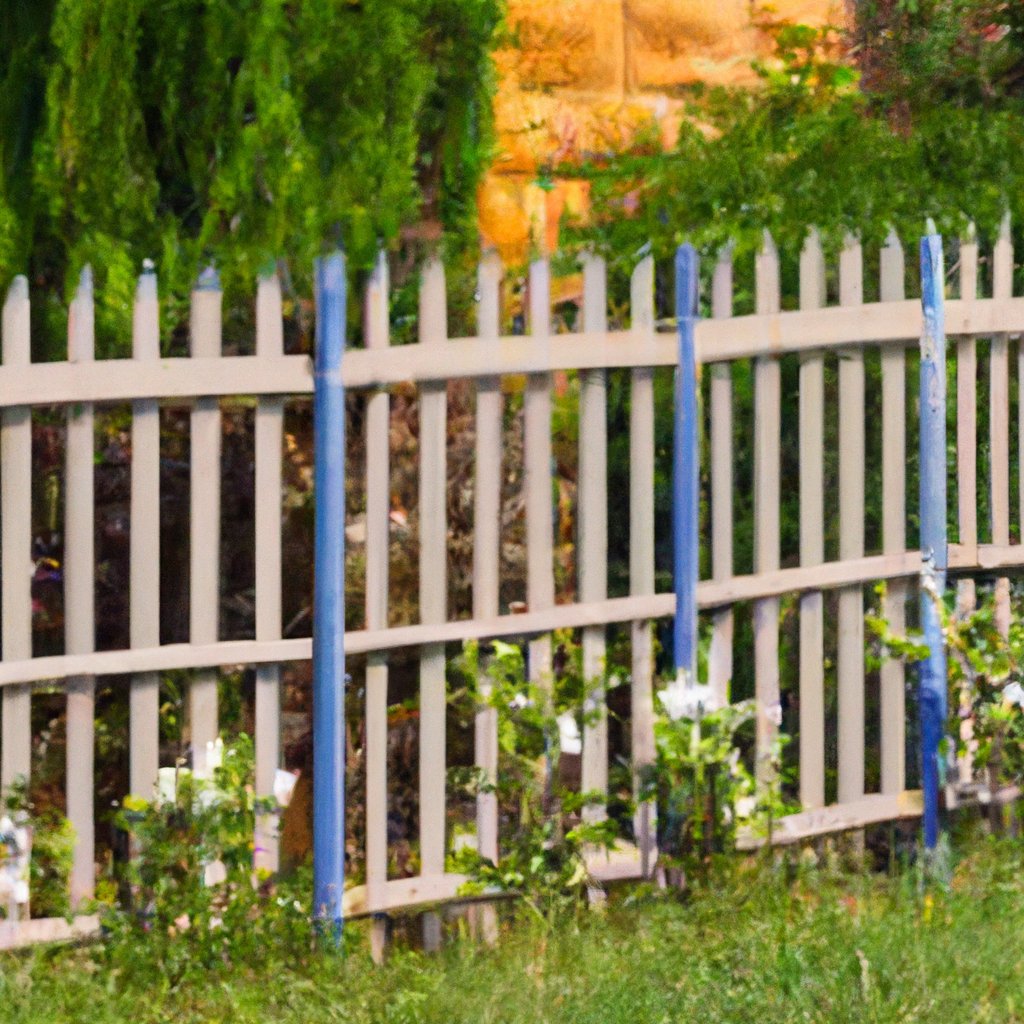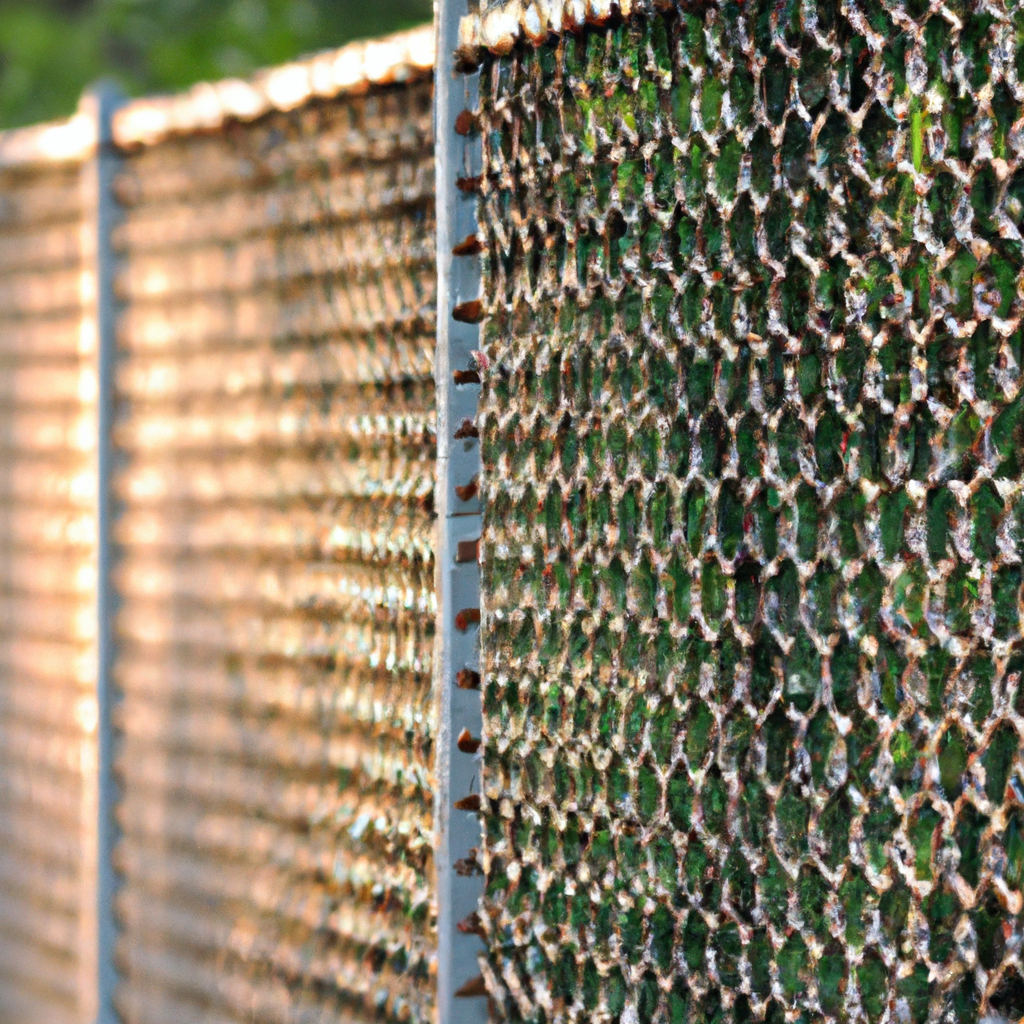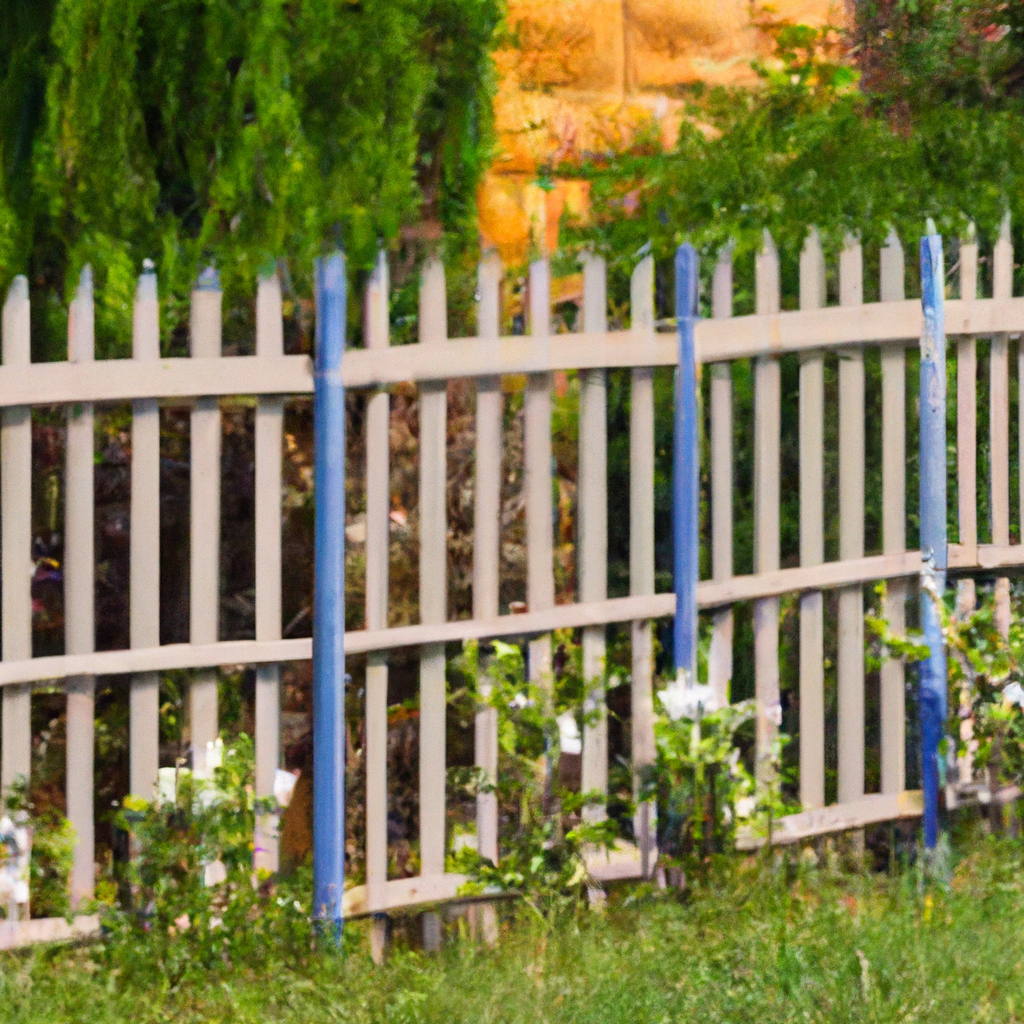Looking to expand your knowledge on fences and their impact on sunlight exposure in your yard? Look no further! At “http://fencedude.com,” we strive to provide comprehensive and engaging content about fences to cater to your interests. Whether you’re looking for information on different fence types, sizes, shapes, materials, or their suitability for different needs, we’ve got you covered. We delve into the intricacies of each fence type, discussing durability, maintenance requirements, and aesthetic appeal. Additionally, we provide insights on choosing the appropriate size and shape based on specific requirements. Our goal is to empower you with valuable knowledge and practical advice to make informed decisions when selecting and installing fences. So, let us be your go-to resource for all things related to fences!
Understanding the Impact of Fences on Sunlight Exposure in Your Yard
When it comes to your yard, sunlight exposure is an important consideration. The amount of sunlight that reaches your yard can have a significant impact on the health and growth of your plants, as well as your overall outdoor experience. One factor that can influence sunlight exposure in your yard is the presence of fences. Fences can both block and redirect sunlight, so it’s crucial to understand their impact and choose the right fence for your specific needs.

The Importance of Sunlight Exposure in Your Yard
Sunlight is essential for the growth and development of plants. It provides energy for photosynthesis, a process in which plants convert sunlight into food. Adequate sunlight exposure promotes healthy plant growth, vibrant foliage, and beautiful blooms. Additionally, sunlight exposure affects the temperature in your yard, determining whether it feels warm and inviting or cool and shaded. It can also impact your personal comfort when spending time outdoors.
How Fences Affect Sunlight Exposure
Fences can affect sunlight exposure in several ways. Firstly, fences can create shade in certain areas of your yard, reducing the amount of direct sunlight that reaches the ground. This can be beneficial if you have shade-loving plants or areas where you want to create a cool and comfortable outdoor space. Conversely, fences can also create areas of intense sunlight by reflecting and redirecting light. This can be advantageous if you have sun-loving plants or areas where you want to create a sunny and warm spot.
The height, material, and design of the fence can also impact sunlight exposure. Tall fences, regardless of their material, create more shade and block more sunlight compared to shorter fences. The material of the fence can also affect light penetration. Solid fences, such as wooden or vinyl fences, block sunlight entirely, while chain-link or metal fences can allow some light to pass through. The design of the fence can also play a role, as fences with slats or openings allow light to filter through, albeit to a lesser extent than completely open fences.
Determining Sunlight Exposure Needs
To determine your sunlight exposure needs in your yard, first consider the types of plants you have or plan to grow. Some plants require full sun to thrive, while others prefer partial shade or full shade. Research the sunlight requirements of your specific plant species to ensure they receive the appropriate amount of light. Additionally, think about how you use your yard. If you enjoy spending time in the sun, you may want to prioritize areas with ample sunlight exposure.
Factors Influencing Sunlight Exposure
While fences play a role in sunlight exposure, there are other factors to consider as well. The orientation of your yard, the presence of nearby structures or trees, and the time of day all influence the amount and intensity of sunlight that reaches your yard. South-facing yards generally receive more direct sunlight throughout the day, while north-facing yards have more areas of shade. The position of nearby structures or trees can cast shadows on your yard, affecting where sunlight falls. Additionally, the time of day determines how the sunlight angles and moves across your yard.

Different Fence Types and Sunlight Exposure
The type of fence you choose can have a significant impact on sunlight exposure in your yard. Let’s explore how various fence types affect sunlight exposure:
Wooden Fences and Sunlight Exposure
Wooden fences are a popular choice for many homeowners due to their natural and timeless appeal. However, wooden fences can significantly block sunlight from reaching your yard, especially if they are solid and without any openings. While this can be advantageous if you want to create shaded areas, it may not be suitable if you have plants that require full sun. Consider choosing a wooden fence with slats or a lattice design to allow some light to filter through.
Chain-link Fences and Sunlight Exposure
Chain-link fences are known for their durability and affordability. They consist of a woven metal wire mesh that allows light to pass through, making them a good choice if you want to maintain sunlight exposure in your yard. However, it’s important to note that chain-link fences do create shadows due to the structure of the mesh. A solid chain-link fence will block more sunlight compared to a fence with larger openings, so consider the balance between privacy and sunlight exposure when choosing a chain-link fence.
Vinyl Fences and Sunlight Exposure
Vinyl fences offer a low-maintenance and versatile option for your yard. While vinyl fences come in different styles, including solid panels and picket designs, they generally block sunlight to some extent due to their solid construction. However, vinyl fences with lattice features or decorative cut-outs allow more light to filter through. It’s important to consider the specific design of the vinyl fence when assessing its impact on sunlight exposure.
Metal Fences and Sunlight Exposure
Metal fences, such as wrought iron or aluminum, can offer both security and aesthetics to your yard. Depending on the design, metal fences can block sunlight partially or entirely. Solid metal fences create shade, while open designs with decorative features allow more light to penetrate. If you want to maintain some sunlight exposure in your yard, opt for metal fences with spaced pickets or ornamental details that allow light to filter through.
Determining the Suitable Fence for Sunlight Exposure
To determine the most suitable fence for sunlight exposure in your yard, consider your specific needs and preferences. If you prioritize privacy or shade, a solid fence may be the right choice despite its impact on sunlight exposure. On the other hand, if you want to maximize sunlight exposure for your plants or create a sunny outdoor space, choose a fence with openings or a lattice design. It’s essential to strike a balance between your desired outcome, the needs of your plants, and your personal preferences.
Conclusion
Understanding the impact of fences on sunlight exposure in your yard is crucial for creating a space that meets your needs and promotes healthy plant growth. By carefully considering the type, height, material, and design of the fence, you can strike a balance between sunlight exposure and other factors such as privacy, security, and aesthetic appeal. Remember to assess the specific requirements of your plants and your personal preferences when choosing a fence that suits your sunlight exposure needs.
Commonly Asked Questions About Fences:
-
Does the type of fence affect sunlight exposure in my yard?
- Yes, different types of fences have varying effects on sunlight exposure. Solid fences block more sunlight, while fences with openings or lattice designs allow light to filter through to a greater extent.
-
Can a fence create areas of shade in my yard?
- Absolutely. Fences, especially taller ones, can create shaded areas in your yard by blocking direct sunlight. This can be beneficial if you want to create cool and comfortable outdoor spaces or accommodate shade-loving plants.
-
Are there fence types that allow more sunlight to pass through?
- Yes, chain-link and metal fences with openings or decorative designs allow more sunlight to filter through than solid wooden or vinyl fences. Consider these options if you want to maintain sunlight exposure in your yard.
-
How do I determine my sunlight exposure needs?
- Consider the sunlight requirements of the plants in your yard and the desired level of sunlight exposure for different activities. Research the specific needs of your plants and assess your personal preferences to determine the ideal level of sunlight exposure.
-
Can fences affect the temperature in my yard?
- Yes, fences can affect the temperature in your yard by creating shaded areas or redirecting sunlight. Solid fences can create cooler spots, while open fences can allow sunlight to warm specific areas.
-
What factors other than fences influence sunlight exposure in my yard?
- Other factors that influence sunlight exposure include the orientation of your yard, the presence of nearby structures or trees, and the time of day. These factors affect the amount and intensity of sunlight that reaches your yard.
-
Are wooden fences a good choice for sunlight exposure?
- It depends on your specific needs. Wooden fences can significantly block sunlight if they are solid, but choosing a fence with slats or a lattice design can allow some light to filter through.
-
Do chain-link fences create shadows?
- Yes, chain-link fences create shadows due to the structure of the woven metal wire mesh. The extent of the shadows varies depending on the size of the openings in the fence.
-
Can vinyl fences maintain sunlight exposure in my yard?
- Vinyl fences generally block sunlight to some extent due to their solid construction. However, vinyl fences with lattice features or decorative cut-outs allow more light to filter through.
-
Which fence is best for maintaining sunlight exposure while ensuring privacy?
- Chain-link fences with larger openings or metal fences with spaced pickets or ornamental details strike a balance between privacy and sunlight exposure by allowing light to filter through while still providing some level of enclosure.
